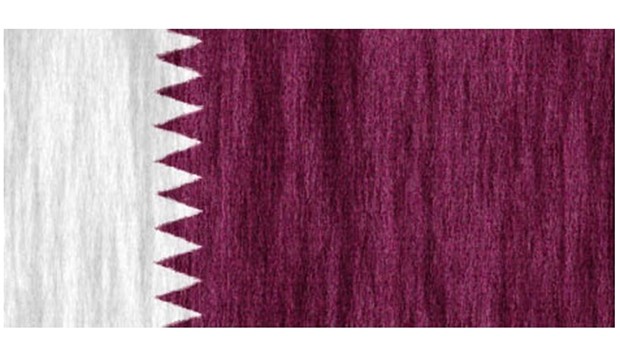Qatar's public foreign assets are more than 200% of gross domestic product (GDP) this year, which is higher than the Gulf average of 159%; yet it plans fresh external debt on top of a recent syndicated loan amounting to $5.5bn, about half the 2016 borrowing requirement, according to Washington-based the Institute of International Finance (IIF).
"As a result, gross public debt is expected to rise to 44% of GDP in 2016, from 40% in 2015. With the sovereign credit rating under a negative watch, the deterioration in the debt metric could result in a ratings downgrade, which would push up funding costs," IIF said in a report.
Qatar's public foreign assets — which comprise official reserves, foreign assets of autonomous government entities and sovereign wealth fund — is expected to be 209.8% of GDP this year and 194.6% in 2017. It has risen progressively from 152.9% in 2013 to 157.7% in 2014 and to 191.9% in 2015.
Finding that with the collapse in oil prices, the fiscal balance (excluding Qatar Investment Authority’s investment income) is projected to swing to a deficit of 7% of GDP in 2016, from a surplus of 1.4% in 2015, it said in response, the authorities are cutting spending by merging ministries and reviewing programmes.
Utility and fuel prices have been raised sharply, with more hikes likely to come. Fee hikes for public services and sin taxes are being considered, and a value added tax (already agreed with other Gulf Cooperation Council countries) is expected to be implemented in 2018.
"These measures should be sufficient to reduce the deficit in the coming years, even if oil prices were to remain at current levels," it said, projecting oil prices to average to $40 a barrel this year.
Reflecting the continued large spending on infrastructure in preparation to host the 2022 FIFA World Cup, economic activity remains robust, it said, adding the country's real (inflation-adjusted) GDP growth, which was 3.5% in 2015, is expected to be 3.7% this year and 3.8% in 2017.
"Nonetheless, tighter liquidity and some fiscal consolidation are expected to moderate growth, with non-hydrocarbon real GDP growth projected at 6% in 2016, down from 7.5% in 2015," IIF said, adding the non-oil GDP is expected to be firm at 6% in 2017 as well.
Yet another round of project reviews is being conducted to prioritise projects and reduce costs, and there have also been layoffs both in the public and private sector, although a strong net influx of blue collar labour is continuing, it found.
Liquidity has tightened, with the loan-to-deposit ratio at 115% in 2015 (compared to 108% in 2014), it said.
The average three-month riyal deposit interest rates have nearly doubled to 2.1% from last year, even as banks have sharply increased reliance on foreign funding, it said, adding given the peg to the dollar, a rate hike is likely when the US Federal Reserve next hikes its policy rate.
On Qatar's consumer price index inflation, which was estimated to be 1.6% in 2015, is expected to harden to 2.8% this year but moderate to 2.2% in 2017, IIF said.



